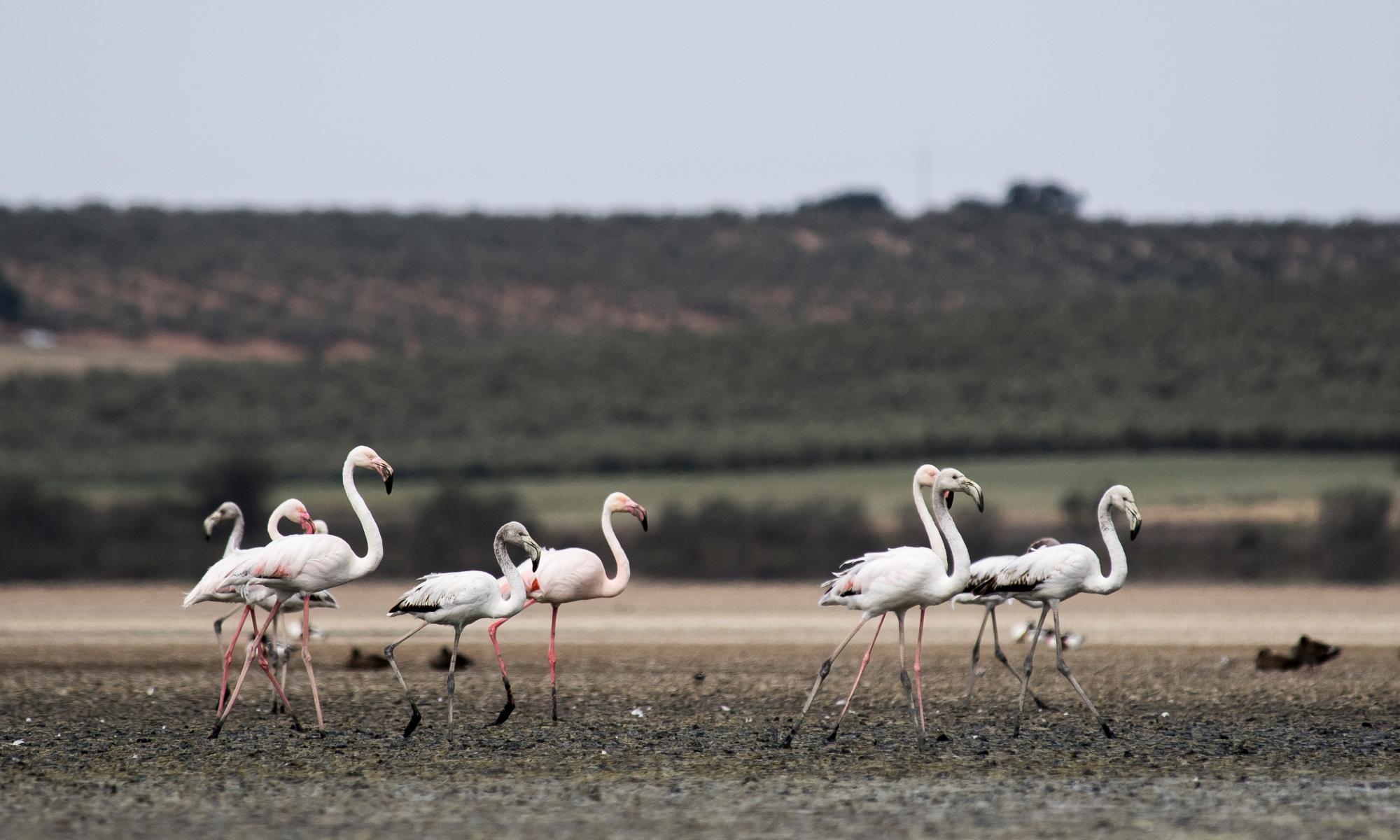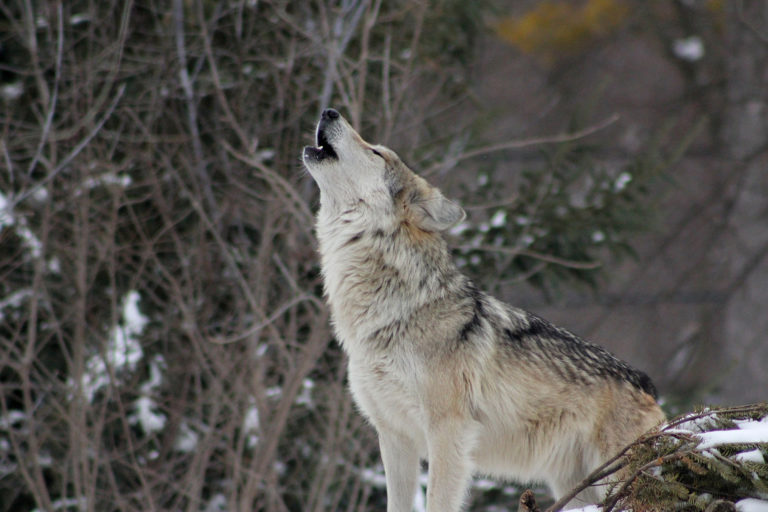The trees on the hill are shaking in the wind. From the top of one of them, somewhere, a woodlark persists with its pretty, lilting song. I look for it, but it must be hidden by branches. About a dozen woodlarks have spent the winter finding food in the field below the visitor centre – along with the finches and buntings – but I expected them to have made their way back to their normal breeding territories on the nearby heathland by now. But here it is, on the edge of the mixed grassland and hedgerow part of the reserve. There have been other local reports of woodlarks singing – unusually – on farmland in recent days, so it will be interesting to see if there is any expansion from heathland to new breeding sites this spring.
A chiffchaff chirrups merrily from some bushes lining the track. I wander down to a hide that overlooks the flooded brooks. The tops of fences emerge from the water, the wind whipping it into white waves that flow towards the hide. Birds are hard to find – the ducks and geese are sheltering far away, on the narrow shorelines and on top of the tall flood banks that line the river. High up, the dark arrow of a peregrine falcon flies over, possibly also searching the valley for birds.

Round by the northern side of the brooks, where the raised ground and trees provide some shelter, there are more ducks and geese, swimming on the open water and resting in the distant fields. Among them is a group of gleaming white gulls, the adults growing their summer plumage – including two Mediterranean gulls, Larus melanocephalus, whose large, jet-black heads and bright red bills make them stand out among the slightly smaller black-headed gulls.
Some Mediterranean gulls overwinter, mostly by the sea, but food – or weather – does bring them further inland. L melanocephalus began breeding in Britain in 1968, regularly since 1979, and numbers of nesting pairs have risen steadily in Sussex, as elsewhere along the coastlines of southern and eastern England and north-western Europe, since 2000. From now on, they’ll become more common at their colonies on the coast as they start to return for the breeding season.


